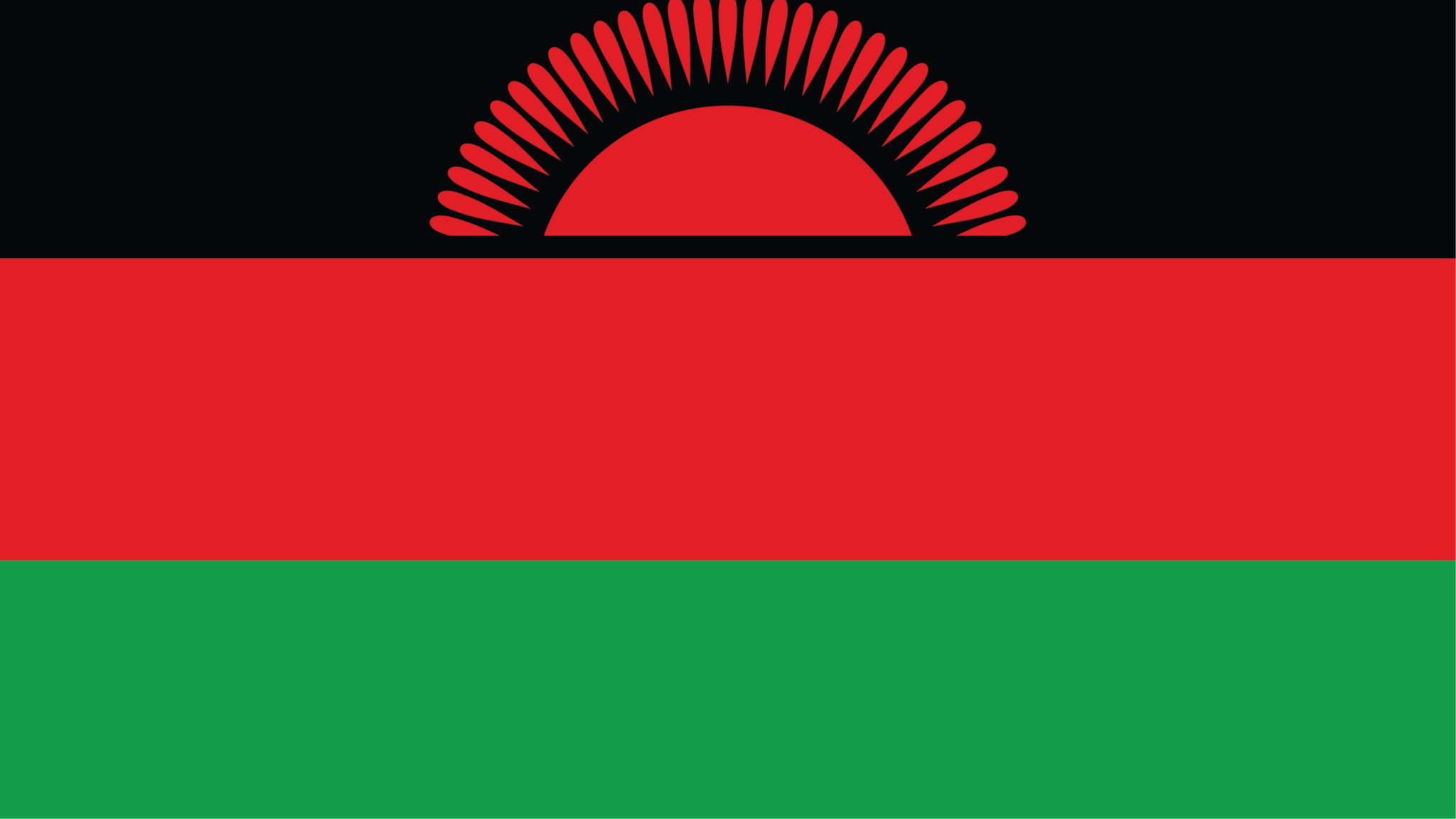At a glance
CDC works with partners in Malawi to build sustainable public health capacity, strengthen laboratory systems and surveillance networks, deliver high-quality HIV and TB diagnostic, treatment, and prevention services, and respond swiftly to disease outbreaks at their source, preventing health threats from reaching the U.S.

Strategic focus
Since 2006, the U.S. Centers for Disease Control and Prevention (CDC) office in Malawi has collaborated with the Ministry of Health (MOH) and non-governmental organizations to implement evidence-based, high-impact HIV programs. CDC supports HIV testing and counseling, antiretroviral therapy (ART), the use of pre-exposure prophylaxis for people at greater risk of HIV, and prevention of HIV transmission.
Malawi has made significant strides towards achieving the UNAIDS 95-95-95 targets. In 2024, 95 percent of people living with HIV (PLHIV) knew their status, 95 percent received treatment, and of those on treatment, 95 percent had successfully suppressed the virus. CDC also scales tuberculosis (TB) preventive treatment to reduce TB among PLHIV. CDC's strategic focus in Malawi is to collaborate with implementing partners to build public health capacity and infrastructure and strengthen surveillance and health information systems.
Read more about CDC's most recent key activities and accomplishments below.
Building public health capacity
- Increased Malawi’s outbreak response capacity through the Field Epidemiology Training Program (FETP). Since 2016, Malawi’s FETP has trained more than 190 frontline health workers over 17 cohorts to respond to emerging health threats. CDC has supported more than 3,000 nurses, clinicians, laboratory staff, data clerks, and lay cadres since 2017.
- Established electronic medical record (EMR) systems at more than 760 HIV treatment sites, which covers all patients on ART. The systems aid in the clinical management of HIV patients, supply chain management, and the geographical reporting of HIV cases by age and sex.
- Improved the infrastructure to facilitate EMR use and established a support help desk to respond to assistance requests.
- Expanded the scope of community-led monitoring to include pediatrics and men living with HIV to ensure that quality data is collected on a routine basis by civil society organizations to improve HIV service access and uptake of treatment.
- Implemented population size estimates, including biological and behavioral surveillance among people at greater risk of HIV.
- Supported the MOH to establish and scale up surveillance systems and programs, including HIV drug resistance surveillance, birth and death registration with cause-of-death reporting, birth defects surveillance in sites to evaluate the association between ART and birth outcomes, and a recent HIV infection surveillance system in 27 of the 28 districts.
Strengthening laboratory systems and networks
- Developed the capacity of the Public Health Institute of Malawi (PHIM) to detect and respond to emerging and re-emerging diseases.
- Ensured laboratory services are accessible to patients through an integrated sample transportation system covering 790 facilities across all districts.
- Supported the MOH to establish and maintain quality-assured laboratory diagnostic services for HIV, TB, and non-communicable diseases.
- Sustained the national quality assurance program with PHIM reference laboratories, producing genotyping and proficiency panels for TB, HIV, and hepatitis B tests.
- Assisted conventional and point-of-care testing molecular laboratories to achieve 95 percent of HIV viral load testing coverage to diagnose all infants that were exposed to HIV.
- Supported 14 conventional molecular laboratories with infrastructure, equipment maintenance, human resources, data management, and biosafety. As of 2023, nine laboratories achieved international accreditation for HIV viral load testing.
HIV prevention and treatment
- Expanded patient-centered care with implementing partners using data-driven, evidence-based approaches and identified and addressed bottlenecks affecting continuity in HIV treatment.
- Supported innovative interventions, including index testing, targeted community testing, and the use of a social network strategy to reach individuals who might not otherwise access HIV testing services.
Tuberculous prevention and treatment
- Provided screening and linkage to ART and diagnosis and treatment for TB and other HIV-associated diseases.
By the numbers
HIV
Estimated HIV Prevalence (Ages 15-49)
6.7% (2023)
Estimated HIV Deaths
(Age ≥15)
9,600 (2023)
860,302 (2023)
TB
Estimated TB Incidence
119/100,000 population (2023)
Reported Percent of People with TB and HIV
47% (2023)
TB Treatment Success Rate
90% (2022)
